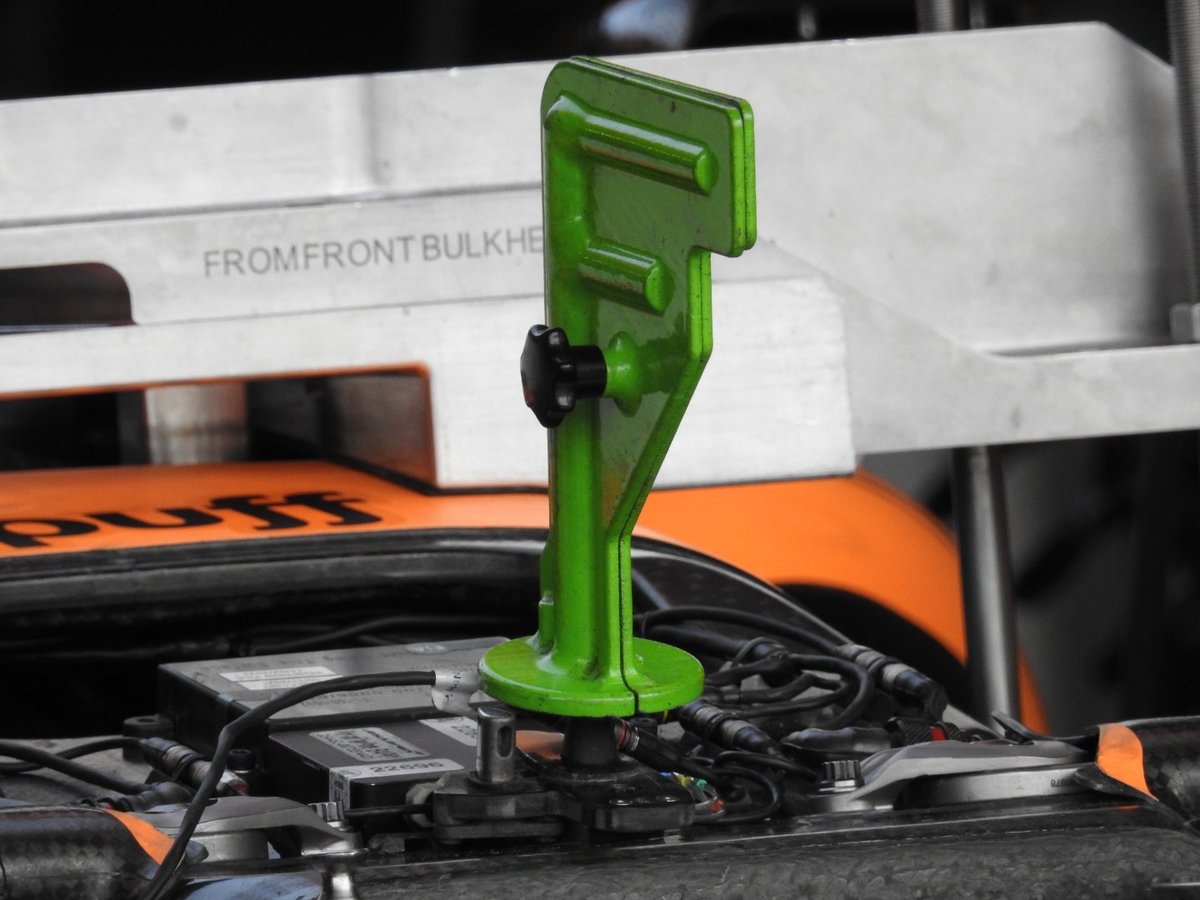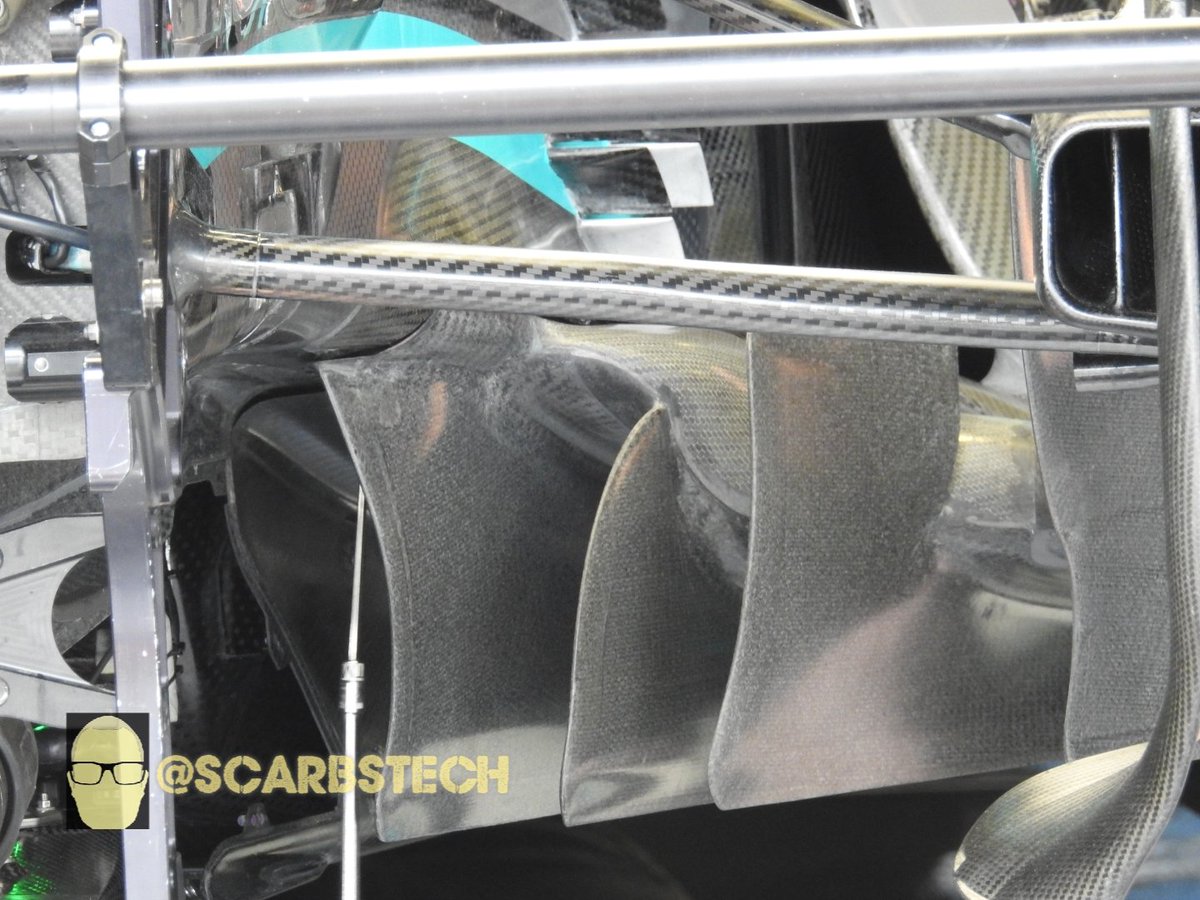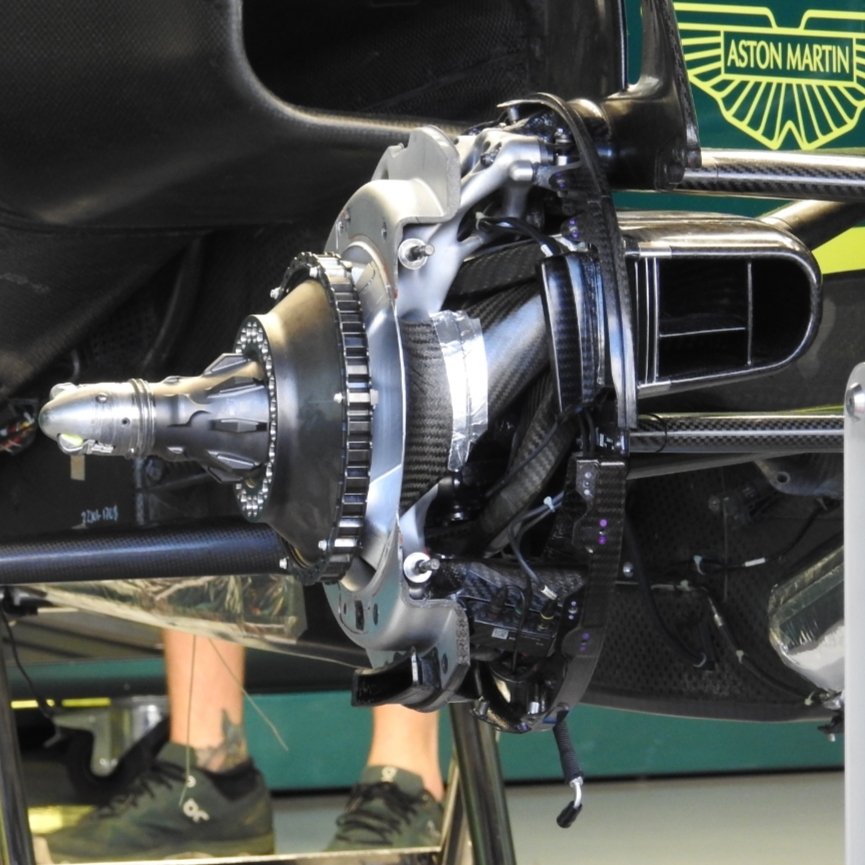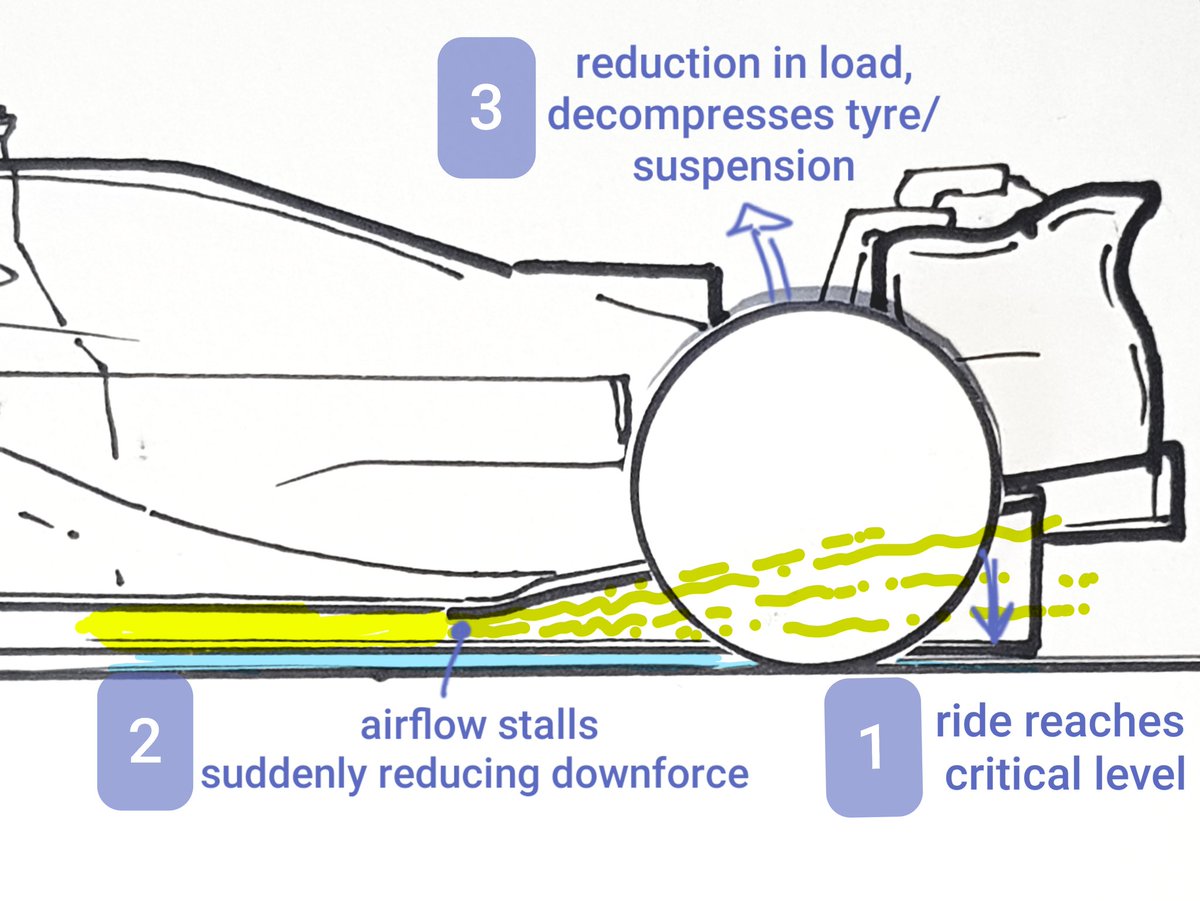
All #F1 teams run an air speed (pitot) sensor. It measures air speed from the pressure differential between two ports in the tip.
Some can also detect direction (yaw).
Air speed is important as it's what the aero works with, as its a combination of road speed and speed.
#TechTalk



Some can also detect direction (yaw).
Air speed is important as it's what the aero works with, as its a combination of road speed and speed.
#TechTalk




As they're delicate instruments, they'll often have covers over them in the pits, McLaren's is shown here.
#F1 #TechTalk
#F1 #TechTalk

Hidden away is the pressure sensor that connects to the ports in the tip. Which then sends the data to the ECU.
#F1 #TechTalk
#F1 #TechTalk

Ferrari are one of the teams that runs a yaw sensor to track air direction.
More info on it here @aerosensor
aerosensor.tech/yaw-pitot/
More info on it here @aerosensor
aerosensor.tech/yaw-pitot/

• • •
Missing some Tweet in this thread? You can try to
force a refresh






































